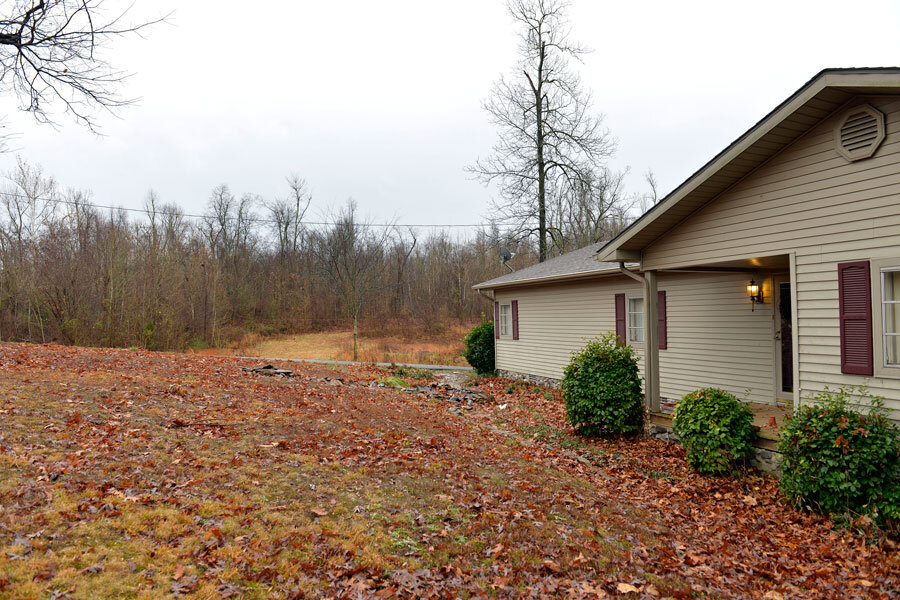Plane crash survivor's unusual tale: How many 7-year-olds have survival skills?
Loading...
Even as investigators work to determine the cause of a plane crash in rural southeastern Kentucky late Friday, the lone survivor, 7-year-old Sailor Gutzler, is being hailed for her remarkably calm thinking and resourcefulness.
After the twin-engine Piper PA-34-200T her father was piloting crashed upside-down into the remote Kentucky woods, killing Sailor's parents, 9-year-old sister, and 14-year old cousin, the girl managed to walk three-quarters of a mile to safety though what one local called "very, very rough territory."
She was wearing shorts and only one sock with no coat, since her family was returning from a Florida vacation, though temperatures at the crash site were near freezing. She had a broken wrist and numerous cuts. And it was dark, so she used the plane's flaming wreckage to light a tree branch.
About a half hour after the crash, Sailor knocked at the door of Larry Wilkins: "She told me that her parents were dead, and she had been in a plane crash, and the plane was upside down," he told ABC News.
Mr. Wilkins's house is only one of three in the area that are inhabited year-round. Had Sailor walked in a different direction, it "could have ended badly with the cold weather," Lyon County Judge Executive Wade White said, according to CNN.
Sailor's ability to remain composed and find help are a result of the survival skills passed down by her father, family members told NBC News.
The tale, while extraordinary, is not unique. Other young children familiar with survival skills have managed to survive nights in the wilderness through practical thinking and mental fortitude.
- A 7-year-old in Conway, Mass., survived 16 hours in sub-freezing temperatures after wandering off while building a cabin in his backyard with his father in November 2010. He built a platform of sticks to get him off the cold ground. Nighttime temperatures reached 23 degrees Fahrenheit.
- A 9-year-old boy who lost his family during a weekend hike in Utah in July 2009 used ideas he'd seen on the Discovery Channel's "Man Vs. Wild" to survive 18 hours alone. He tore up his yellow rain slicker and tied the pieces to trees to mark the path he was taking through the forest. He built a small overnight shelter beneath a fallen tree and followed a creek to a lake, where he thought he might find other campers. Searchers found him after coming across a backpack he dropped on a trail.
- A 12-year-old Boy Scout who got lost returning to his campsite in Utah in August 2011 survived a night in the woods by building a lean-to shelter and covering himself with dirt to stay warm. Temperatures dipped to 31 degrees, and he was wearing only a shirt and jeans.
The United States Search and Rescue Task Force, a private nonprofit organization, suggests that children lost in the woods should memorize their immediate surroundings to help them be less scared at night, should "answer a noise with a noise" to ward off animals and help searchers find them, and can even whistle or tell themselves jokes to stay calm.
The family killed in Kentucky Friday was traveling from Key West, Fla., home to Mount Vernon, Ill. Sailor's father, Marty, had been flying since he was 16, had logged 4,000 hours of flight time, and had been a flight instructor, NBC News reports. He had flown the route to and from Florida "many, many times," a family friend told NBC.
Sailor's father reported engine trouble before local air traffic controllers lost contact with the plane. The area had just been hit by an ice storm.
"She's a terribly brave little girl, I'll tell you that," Mr. Wilkins said. "I can't imagine a 7-year-old doing that."






